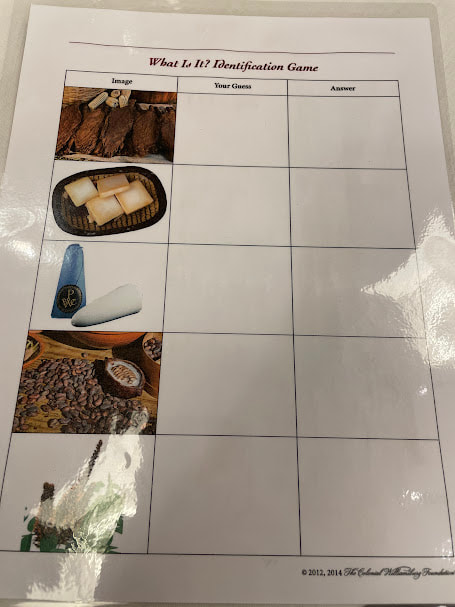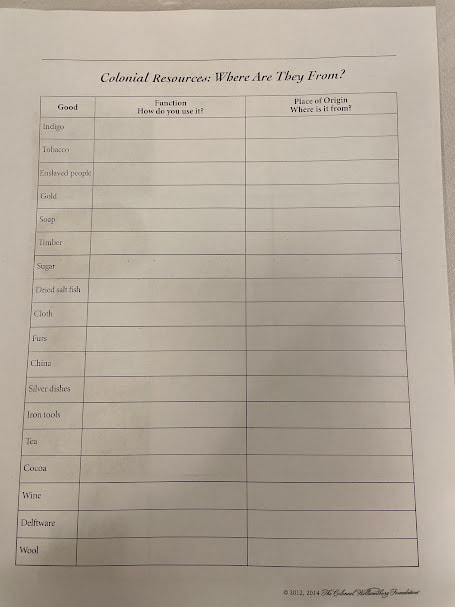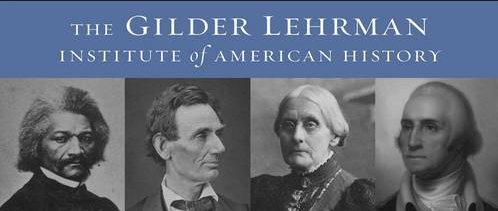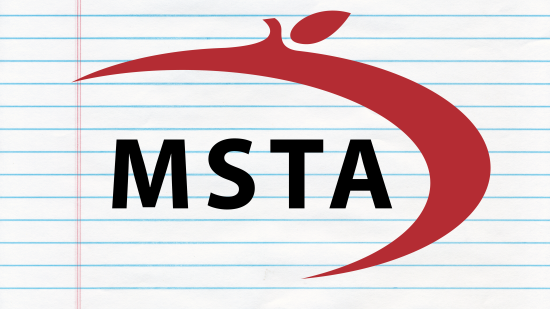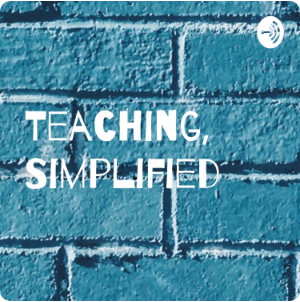| Participants were introduced to these two worksheets as examples of teaching the trade-economy from the 18th Century. The second worksheet was quickly labelled controversial with two or three people in our group. Notice the title: "Colonial Resources: Where Do They Come From?" Then notice that just under Tobacco in the left column is Enslaved People. Finally, notice the second and third columns which refer to the resources listed as It. |
Now, if the truth be told, had the organizer of this worksheet left Enslaved People off of the worksheet completely, there would be another controversy over that. A solution could easily have been offered, and we could have moved past the controversy, but instead, we hashed and rehashed the complaint with no solution presented. I doubt this lesson will be in the teacher resources after this session, which is a shame. It really reflects the 18th Century opinion that Africans were considered property that could be bought and sold. I suppose the controversy comes in that we did not have the whole lesson before us, but only the worksheets as if we were students in a classroom. The lesson itself may have covered the idea that this was a list of assets or resources from an inventory, which would have included Enslaved People. While the practice of racial slavery is a shameful, ugly part of American history, it is not something we should shy away from. The continuing shame comes when we do not choose to have respectful conversations that offer solutions, but rather allow anger to dictate our behaviors.
I will admit, it is not a page that I would use in its unmodified state. I would not want the paper to be taken home to parents who did not hear an entire, respectful lesson that contained the proper empathy and understanding of the lesson. The paper taken out of context could deliver the wrong message to families and cause the same type of controversy to "hit the fan" for me as a teacher. That could easily be avoided with a few changes to the approach.
